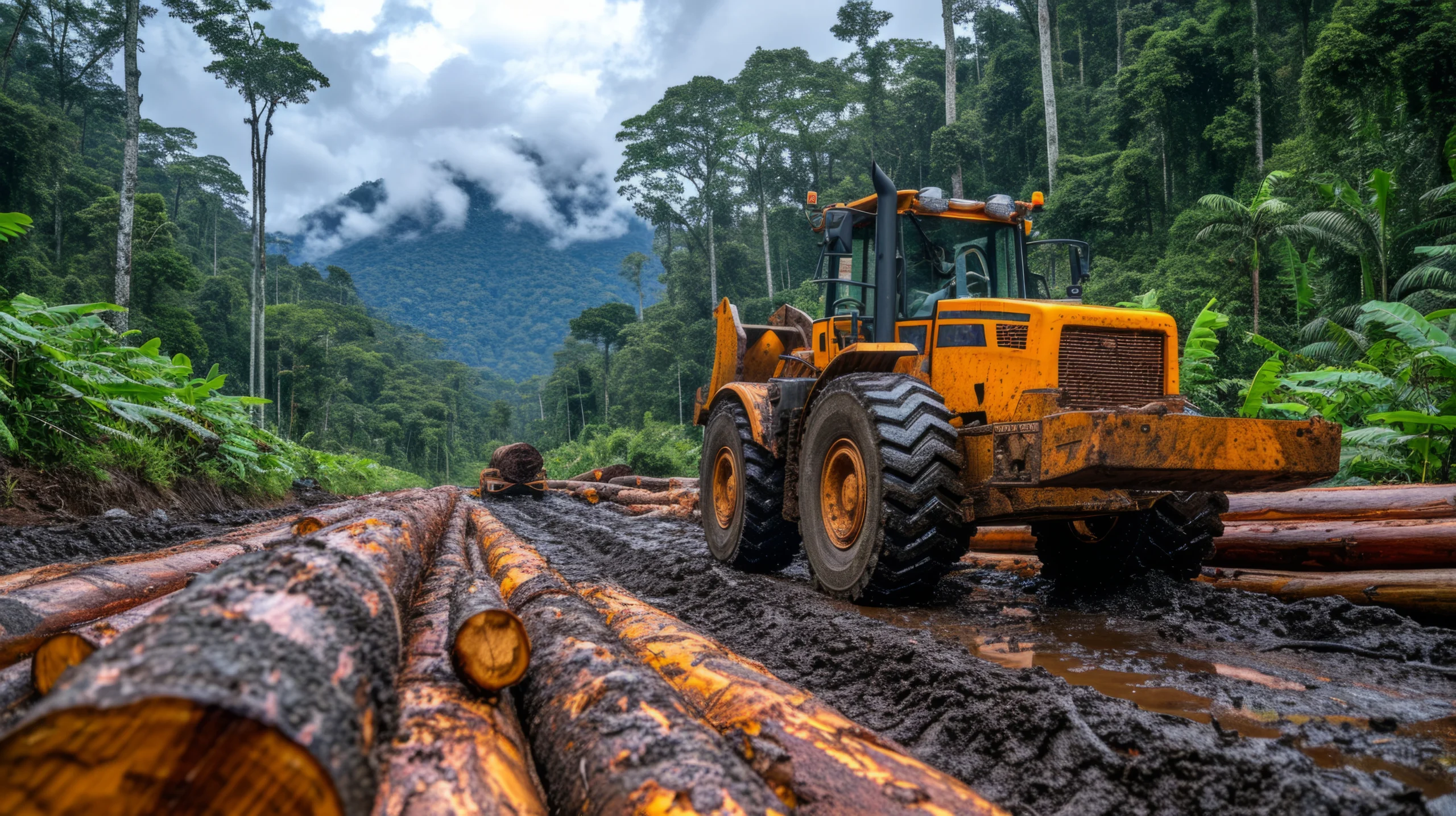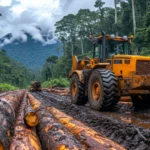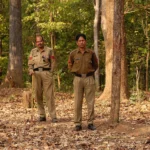Forests are the lungs of our planet, providing vital oxygen, habitat for countless species, and raw materials for human use. Yet, behind the serene beauty of these natural wonders, a dedicated group of professionals works tirelessly to ensure their preservation and sustainability. These unsung heroes are the members of the forestry service, and their efforts are crucial to maintaining the health of our forests. This blog offers an inside look at the important work they do.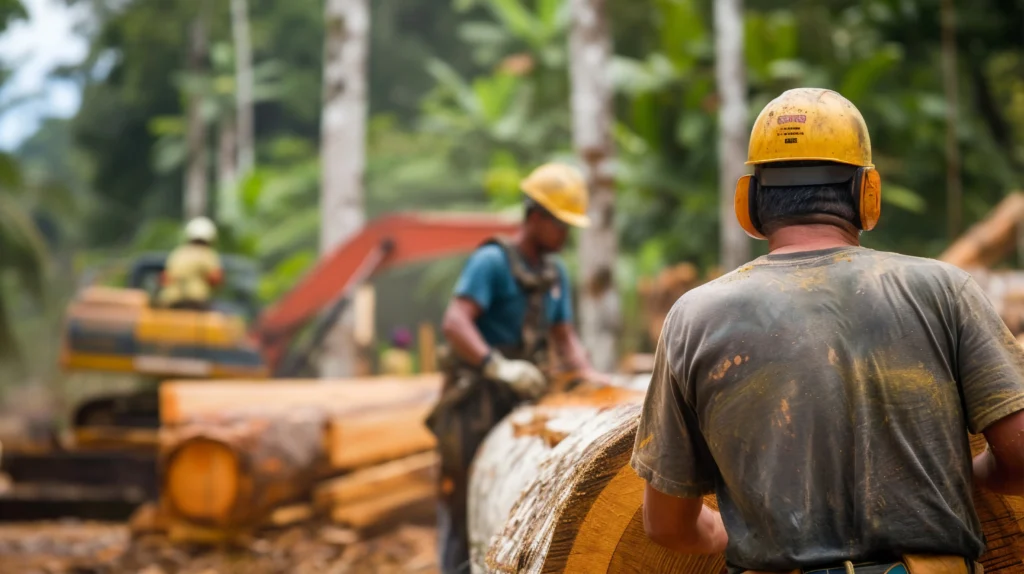
The Mission of the Forestry Service
At its core, the forestry service is responsible for managing and protecting forested areas. This includes a wide range of activities such as planting trees, controlling pests, preventing and fighting wildfires, and ensuring sustainable logging practices. The ultimate goal is to balance the ecological, economic, and social benefits that forests provide.
A Day in the Life of a Forestry Service Worker
Forestry service workers have diverse and dynamic roles. A typical day might start with a patrol through the forest to check for signs of illegal logging or poaching. These patrols are crucial for deterring unlawful activities that could harm the forest ecosystem.
Next, they might conduct a survey of the forest’s health. This involves assessing tree conditions, identifying areas affected by pests or diseases, and planning interventions to promote forest health. Forestry workers use a combination of traditional methods and modern technology, such as drones and GIS mapping, to carry out these tasks efficiently.
Fire prevention and control is another critical aspect of their work. Forestry service teams often conduct controlled burns to reduce the amount of flammable material in the forest, which helps prevent larger, uncontrolled wildfires. When wildfires do occur, these teams are on the front lines, using their expertise to contain and extinguish the flames.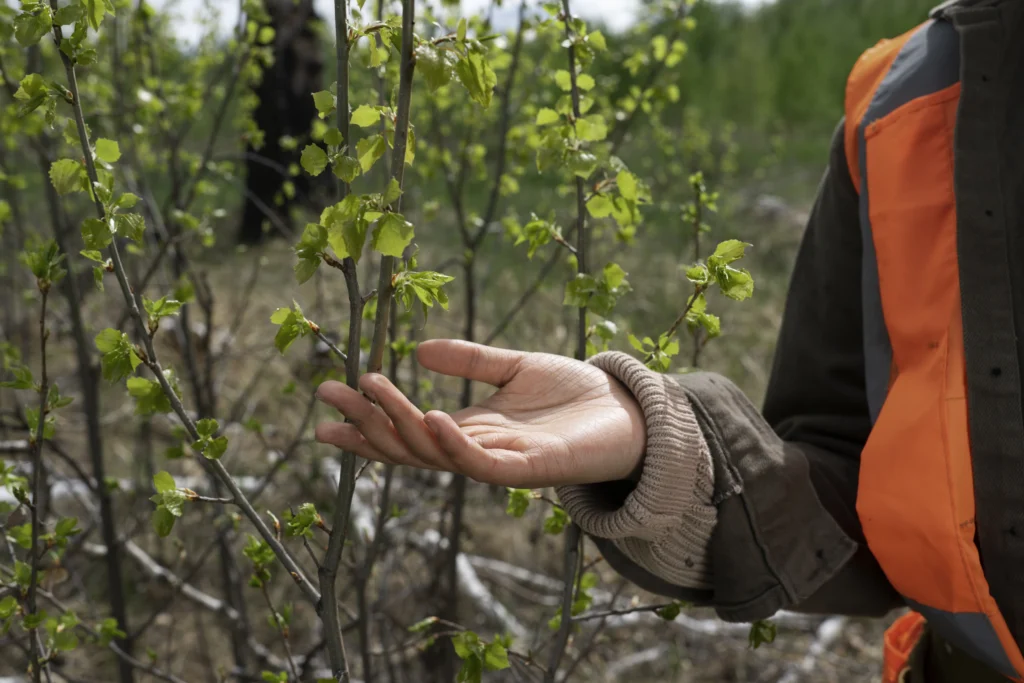
The Science Behind Sustainable Forestry
Sustainable forestry is a science-driven approach to managing forest resources. Forestry service professionals use extensive research and data to guide their decisions. This includes understanding the growth patterns of different tree species, the impact of climate change on forests, and the best practices for reforestation.
One of the key strategies in sustainable forestry is selective logging, which involves carefully choosing which trees to harvest. This method helps maintain the forest’s ecological balance, allowing younger trees to grow and ensuring that wildlife habitats are preserved.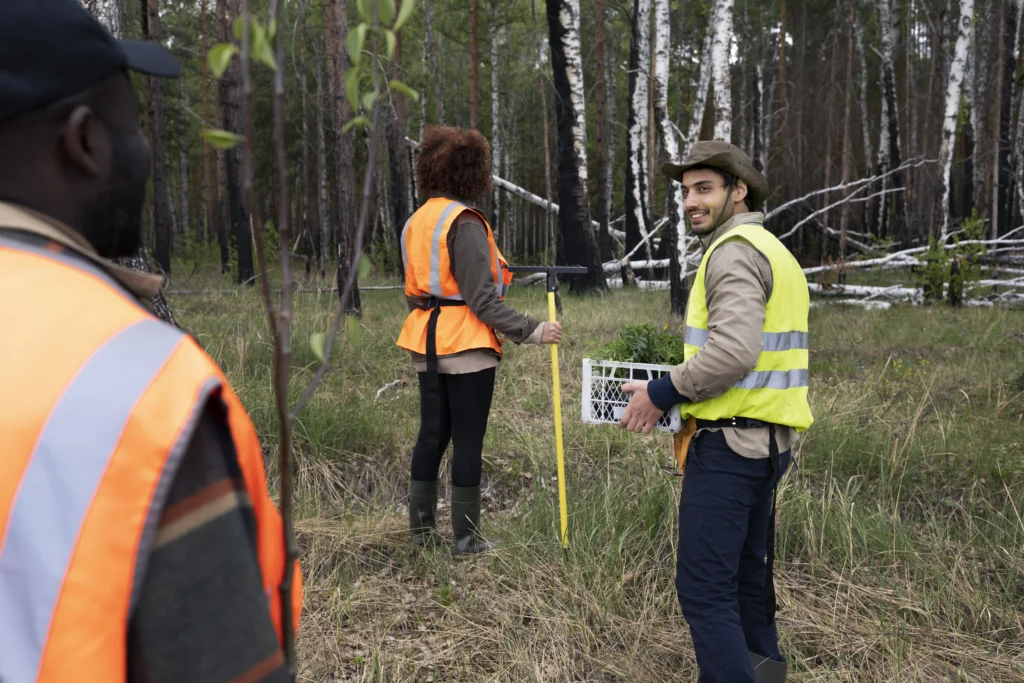
Community Engagement and Education
An often overlooked aspect of the forestry service is its role in community engagement and education. Forestry professionals work closely with local communities, schools, and organizations to raise awareness about the importance of forests and how they can be protected.
Educational programs might include guided forest tours, workshops on sustainable practices, and school visits to teach children about the role of forests in the environment. By fostering a deeper connection between people and forests, the forestry service helps ensure that future generations will continue to value and protect these vital ecosystems.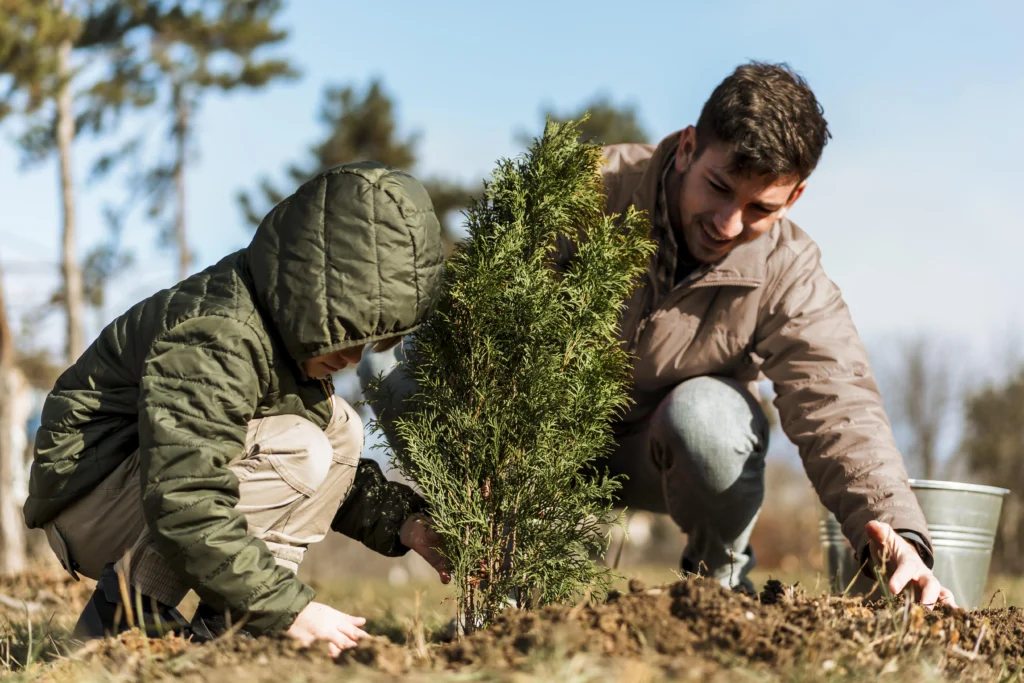
Challenges and Future Directions
Despite their crucial work, forestry service teams face numerous challenges. Climate change is causing more frequent and severe wildfires, pest infestations, and diseases. Urbanization and deforestation for agriculture and development put additional pressure on forested areas.
To address these challenges, the forestry service is continuously evolving. Innovations such as remote sensing technology, advanced fire prediction models, and improved pest control methods are helping them stay ahead of threats. Moreover, international cooperation and policy advocacy are vital in promoting sustainable forestry practices on a global scale.
Conclusion
The forestry service plays an indispensable role in preserving our forests and ensuring their sustainability for future generations. Through their dedication, expertise, and innovative approaches, they are truly the guardians of the forest. By understanding and supporting their work, we can all contribute to the protection and conservation of these invaluable natural resources.
